A lush, green lawn is a source of pride for homeowners, offering an aesthetic appeal that boosts the overall look of your property. But maintaining that perfect lawn can be a challenge, especially when weeds start to invade. Weeds not only undermine your lawn’s beauty but also compete with grass for nutrients, water, and sunlight, leaving your lawn looking patchy and unhealthy.
Fortunately, you don’t have to face the fight against weeds alone. With a combination of proactive lawn care practices, including the strategic use of lawn mowers, you can successfully control and eliminate weeds. In this article, we’ll explore the different types of weeds, the role of mowing in weed management, and effective techniques to achieve a weed-free lawn.
Understanding Weeds: Why Do They Thrive in Your Lawn?
Weeds refer to unwanted plants which compete with grass for dominance when left uncontrolled in your lawn area. Weeds take advantage of areas where grass faces difficulty in growth. Environmental elements which include damaged soil and tight soil structure along with insufficient water produce environments where weeds thrive successfully.
Lawns experience two main categories of weed:
Broadleaf Weeds: Broadleaf Weeds display flat broad leaves while spreading across the ground at a low height. The weed family includes dandelions together with clover and plantains which have broadleaf characteristics.
Grassy weeds: Grassy weeds display grass-like features while forming disordered clusters throughout the lawn. Crabgrass and Bermuda grass represent two types of weeds that take over desirable lawn grasses.
Knowing the characteristics and growth habits of weeds helps establish effective methods to control their presence before complete removal.
How Lawn Mowers Help Manage Weeds
Your lawn mower stands as an effective tool for weed control which many people tend to ignore. The correct mowing methods stop new weeds from growing while they also minimize existing weed spread which creates better conditions for healthy grass growth. The key role of lawn mowers in weed control operates through these steps:
Promote Strong Grass Growth: Regular mowing at the appropriate grass height supports the development of dense grass growth. Healthy dense lawns create soil shade which makes it harder for weeds to develop roots and multiply. Tall dense grass forms a natural barrier against weeds because it blocks their access to sunlight and reduces their available space.
Regular mowing prevents weeds: Weeds that are permitted to flower and seed will rapidly spread throughout your lawn and across your entire property. Regular mowing combined with early removal of dandelion and other weed flowering heads stops the reproduction of new weeds. A sharp lawn mower blade will cut weeds cleanly so seeds do not remain to germinate.
Maintains Consistency and Precision: A properly maintained lawn mower provides the necessary precision to cut grass properly which prevents scalping. Short grass from scalping creates conditions that allow weed seeds to sprout successfully. A lawn should be regularly mowed at appropriate heights as this creates uniformity which serves as the primary condition for weed suppression.
Mulching to Suppress Weeds: Lawn mower manufacturers today integrate mulching capabilities into their devices so mowers can convert grass clippings into tiny pieces for reuse on lawns. Weed suppression occurs through mulching because organic matter covers weed seeds and prevents sunlight from reaching them. The decomposing clippings enhance the health of the soil as well as modify its texture so grass can grow more vigorously.
Check out 10 Essential Tips For Extending Your Lawnmower Battery Lifeto help manage weeds and maintain healthy grass for efficient operation.
Common Lawn Weeds and Their Characteristics
You need to identify common weed species before you start effective weed management. The correct weed management strategy depends on recognizing different weed types because each weed needs its own unique approach.
Dandelions (Taraxacum officinale)
Appearance: Yellow flowers and a distinct, fluffy seed head. The leaves of dandelions form rosette patterns with deep toothed and broad shapes.
Weed Type: The compacted poor soil areas of your lawn host broadleaf weed as its primary resident.
Crabgrass (Digitaria sanguinalis)
Appearance: A low-growing, coarse grass with wide leaves and a characteristic purple-tinged seed head.
Weed Type: The summer season brings out grassy weed in weak bare areas of the lawn.
Clover (Trifolium repens)
Appearance: Three-leafed plants produce small white, pink or purple flowers.
Weed Type: The undernourished lawns with poor soil health serve as the primary habitat for broadleaf weed.
Plantain (Plantago major)
Appearance: The plant displays oval-shaped leaves that have prominent veins along with flower spikes that reach tall heights.
Weed Type: The broadleaf weed species prefers to grow in areas with compacted and poorly-drained soil.
Foxtail Grass (Setaria spp.)
Appearance: Tall, coarse grass with bushy, fox-tail-shaped seed heads.
Weed Type: The disturbed areas with nutrient-poor soil serve as the habitat for this weed species known as grassy weed.
You can create an effective weed elimination strategy after determining the specific types of weeds present in your lawn.
Effective Weed Removal Methods: Beyond Mowing
Weed control mostly depends on mowing but your lawn needs additional sustainable methods for complete weed management. The following list contains proven methods for weed removal:
Manual Weed Removal
Manual weed removal stands as an environmentally safe method to tackle small weed infestations. A weeding tool or garden fork will help you extract weeds while you must pull out the complete root system to stop new growth.
Tip: Trim your lawn first then proceed with manual weed extraction. The combination of mowing the grass and reducing competition helps you identify weeds more easily while making the weed removal process more efficient.
Herbicides
Larger weed problems require the use of pre-emergent and post-emergent herbicides as effective weed control solutions. The two types of herbicides work differently because pre-emergent herbicides stop weed seeds from sprouting while post-emergent herbicides attack existing weeds. You should select herbicides which match your lawn grass type to prevent damage to your lawn.
Tip: The application of herbicides should happen after mowing to improve the effectiveness of weed-killing chemicals reaching their targets.
Natural Weed Killers
Organic weed control methods can be achieved through natural weed killers. Vinegar combined with salt and hot boiling water serve as effective natural solutions to eliminate weeds. The weed-killing techniques work effectively yet they might cause damages to nearby plants therefore require thorough attention.
Tip: A lawn mower with mulching capabilities should be used to spread grass clippings over treated areas which will prevent weed seeds from sprouting.
Mulching and Ground Covers
Mulching proves successful as a weed suppression method when applied to garden beds and other locations that are not part of the lawn. Organic materials such as bark and straw and wood chips create a barrier that stops sunlight from reaching weeds and preventing their growth. Your landscape will gain beauty while weed suppression occurs through the use of ground covers such as clover and creeping thyme.
Long-Term Lawn Care: Preventing Future Weeds
After controlling your weed problem you need to implement long-term care practices to maintain a weed-free healthy lawn. These strategies will help you maintain your lawn at its best possible condition:
Proper Lawn Fertilization: Strong lawns develop from proper lawn feeding. The correct application of lawn nutrients promotes grass development while strengthening its ability to fight off weeds.
Aeration: Aeration improves soil conditions by releasing compaction which enhances both water and nutrient absorption by grass plants and lowers the chances that weeds will take root.
Regular Mowing: Regular mowing at recommended heights will stop weeds from producing flowers and seeds. A healthy well-maintained grass serves as the most effective method to stop future weed outbreaks.
Prepare your mower for next season by reading ourHow to Winterize Lawn Mowers: Essential Tips maintaining your lawn helps prevent future weeds.
Conclusion: A Weed-Free Lawn Starts with Smart Mowing Practices
The management of weeds in your lawn becomes a manageable process. Proper strategic use of your lawn mower in combination with multiple weed removal methods enables you to protect your lawn from weeds throughout the entire year. Your fight against weeds requires regular mowing as an essential element together with appropriate lawn maintenance practices. Your proactive actions will lead your lawn to become the neighborhood showcase with a gorgeous appearance after defeating all unwanted weeds.
Find top-quality tools and parts at WholeToolBox from premium brands like DeWalt, Makita, Bosch, and Milwaukee. We offer a wide range of drill parts, including drill bits, saw blades, batteries, and replacement motors. Whether you're a DIY enthusiast or a professional, we have everything you need. Shop now for unbeatable quality and performance!
FAQS
What are the most common weeds in lawns?
Though there are many types of weeds to appear in turf, the most common ones are chickweed, crabgrass, clover, and dandelion. They often compete with the grass for nutrients, water, sunlight, and space leading to a less healthy and unsightly lawn.
Does vinegar kill weeds?
Gardeners seeking "natural" alternatives to synthetic chemicals often look to vinegar for weed control. Vinegar can be used as a non-selective herbicide that kills weeds in your garden
How to get rid of sticker weeds without killing grass?
To get rid of sticker weeds (like burrs) without harming your grass, you can use a combination of methods, including mowing with a bagging mower, hand-weeding, and applying a selective herbicide containing 2,4-


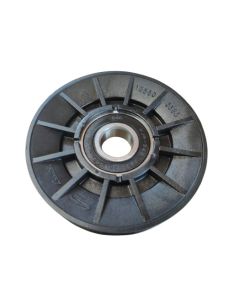
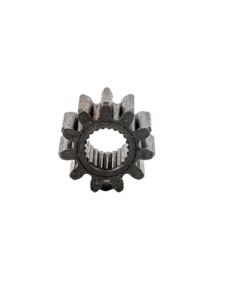
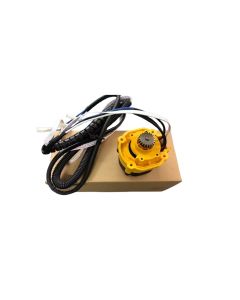
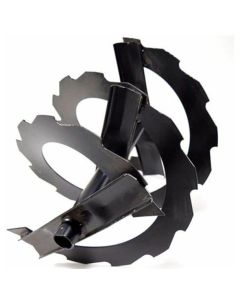
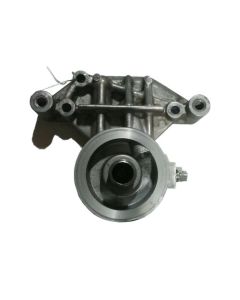


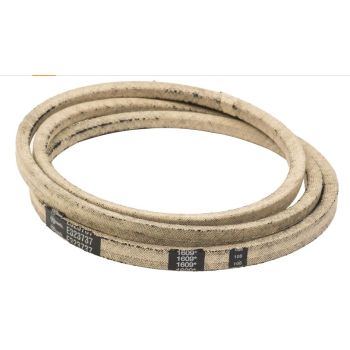
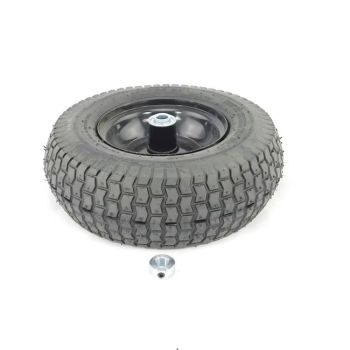
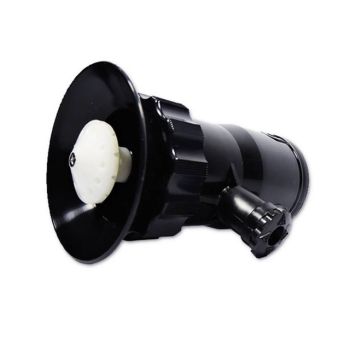
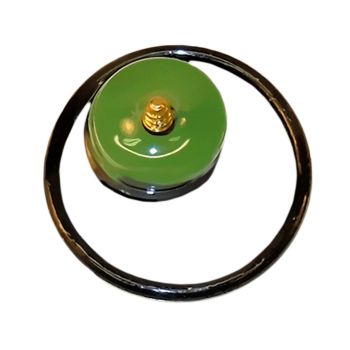





Validate your login